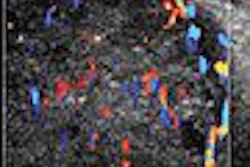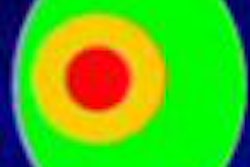Dear CT Insider,
The science of acute stroke imaging is progressing rapidly, thanks to an army of researchers taking aim at the second leading cause of disability in the U.S.
Our two-part series on acute stroke imaging looks at controversies and discoveries in imaging and treating acute ischemic stroke patients, based on presentations at the 2007 RSNA meeting in Chicago. In part I, neurologist Dr. William Powers, from the University of North Carolina in Chapel Hill, discusses imaging representations of infarcted brain tissue, and the studies that will be needed to validate them.
In part II, today's Insider Exclusive story, CT perfusion pioneer Dr. Max Wintermark from the University of California, San Francisco, explores the range of imaging representations for infarcted brain tissue. Wintermark drills into different penumbra models in development, different perfusion models, different image processing and blood vessel selection methods -- and explains how they can affect the resulting perfusion maps, and sometimes patient management.
In other stroke imaging news, find out how CT can help predict stroke after transient ischemic attack. For assessing cerebral bleeds, however, flat-panel CT results are disappointing, according to researchers from Austria.
In thoracic imaging, a new study from Paris supports the use of computer-aided detection for lung nodules. A study from this month's Journal of Nuclear Medicine finds, contrary to some previous reports, that PET outperforms CT in diagnosing solitary pulmonary nodules.
In coronary CT angiography, Dr. David Dowe from New Jersey gives his best arguments in favor of scanning just about everyone.
Of course there's more. Be sure to scroll down for the rest of the news in today's CT Digital Community.




















